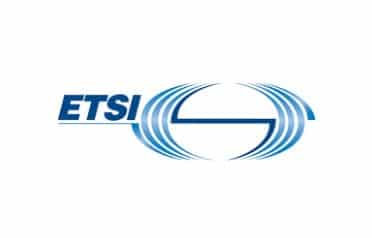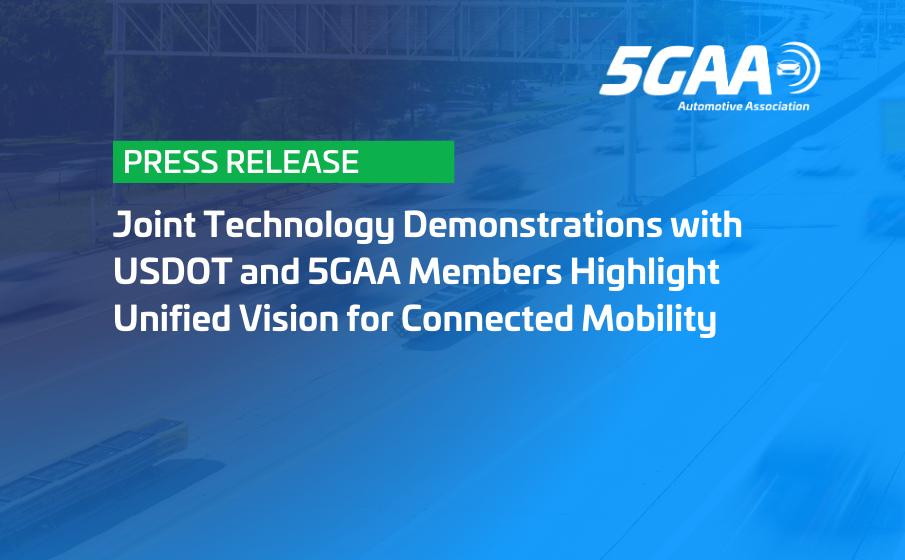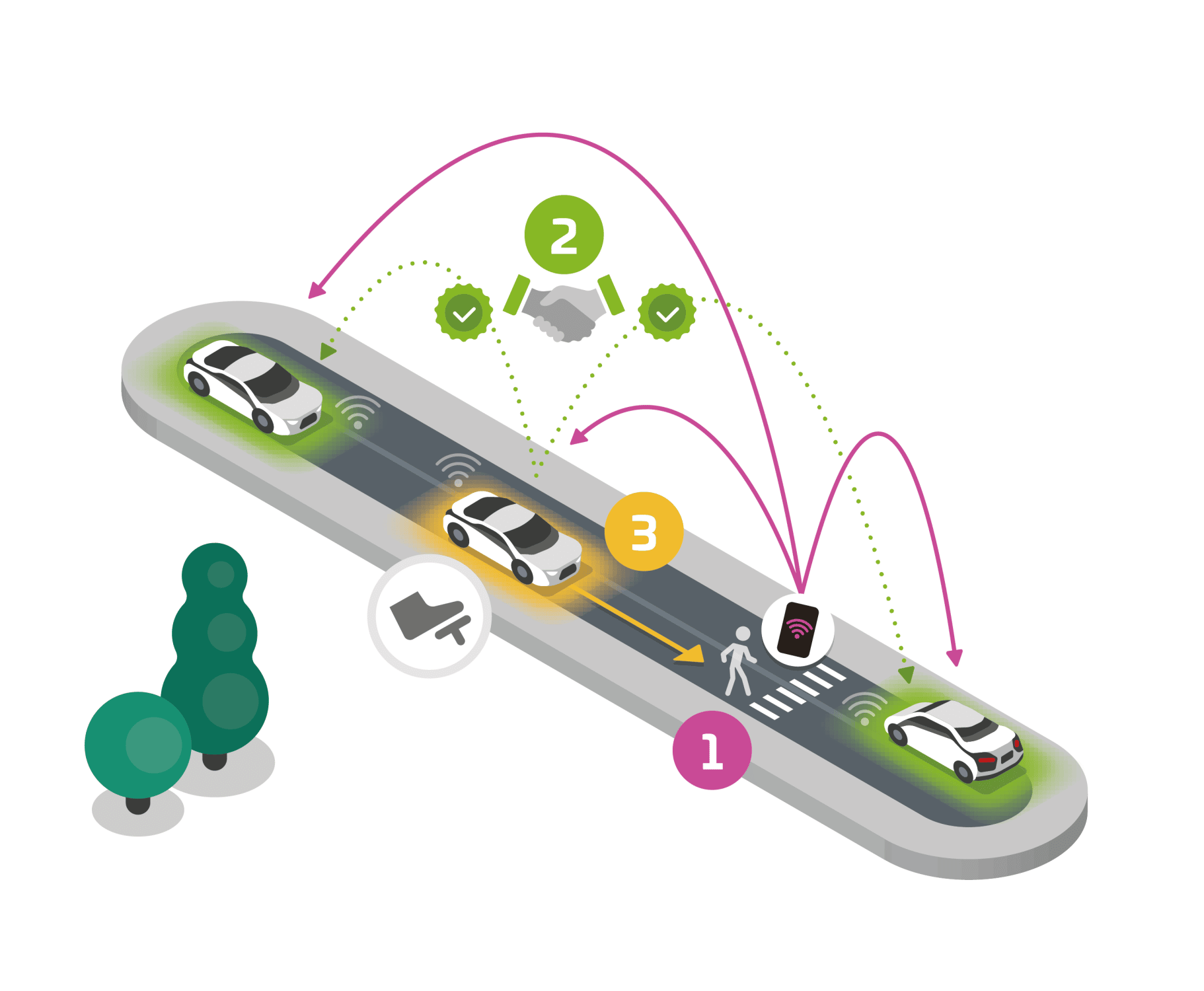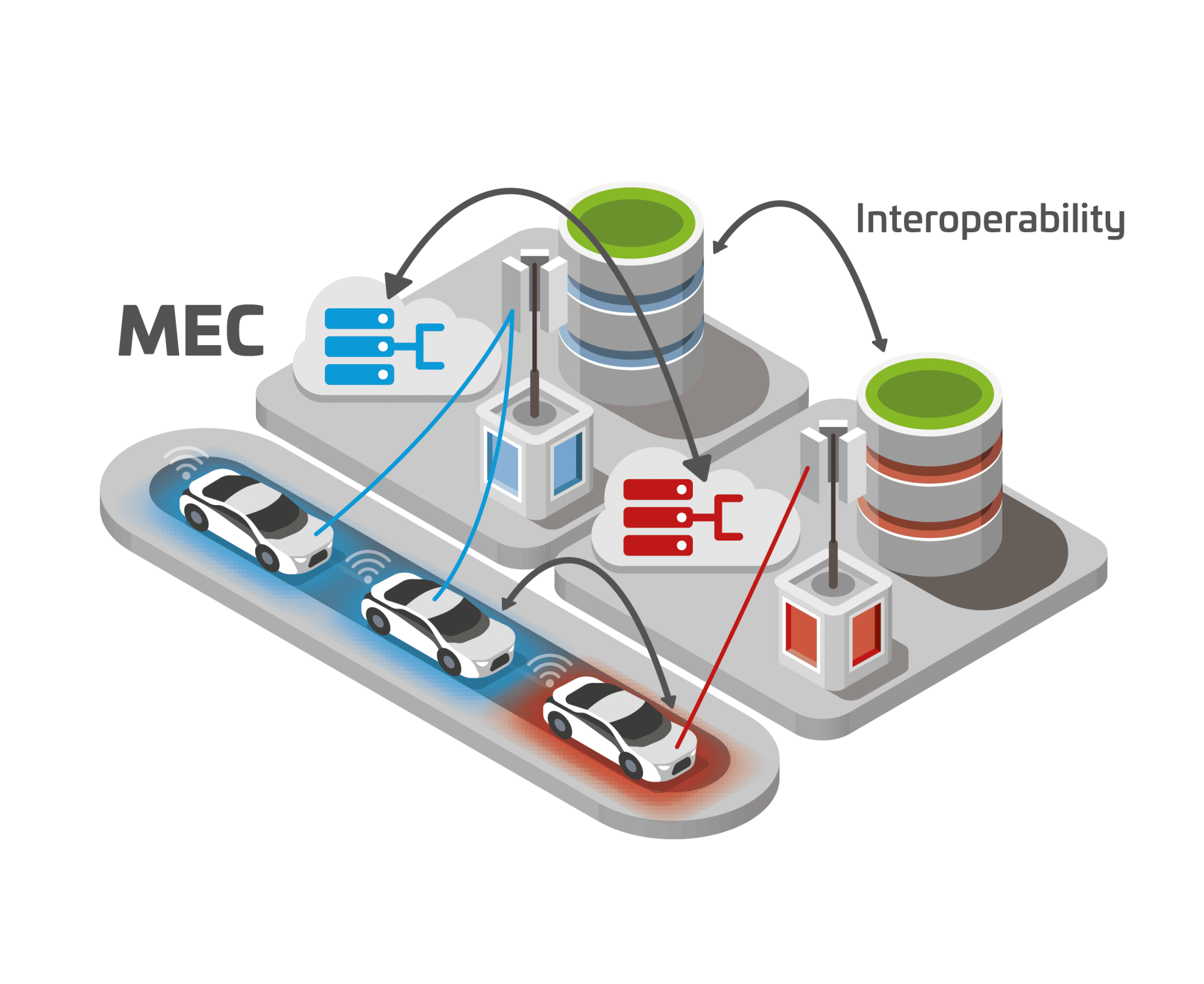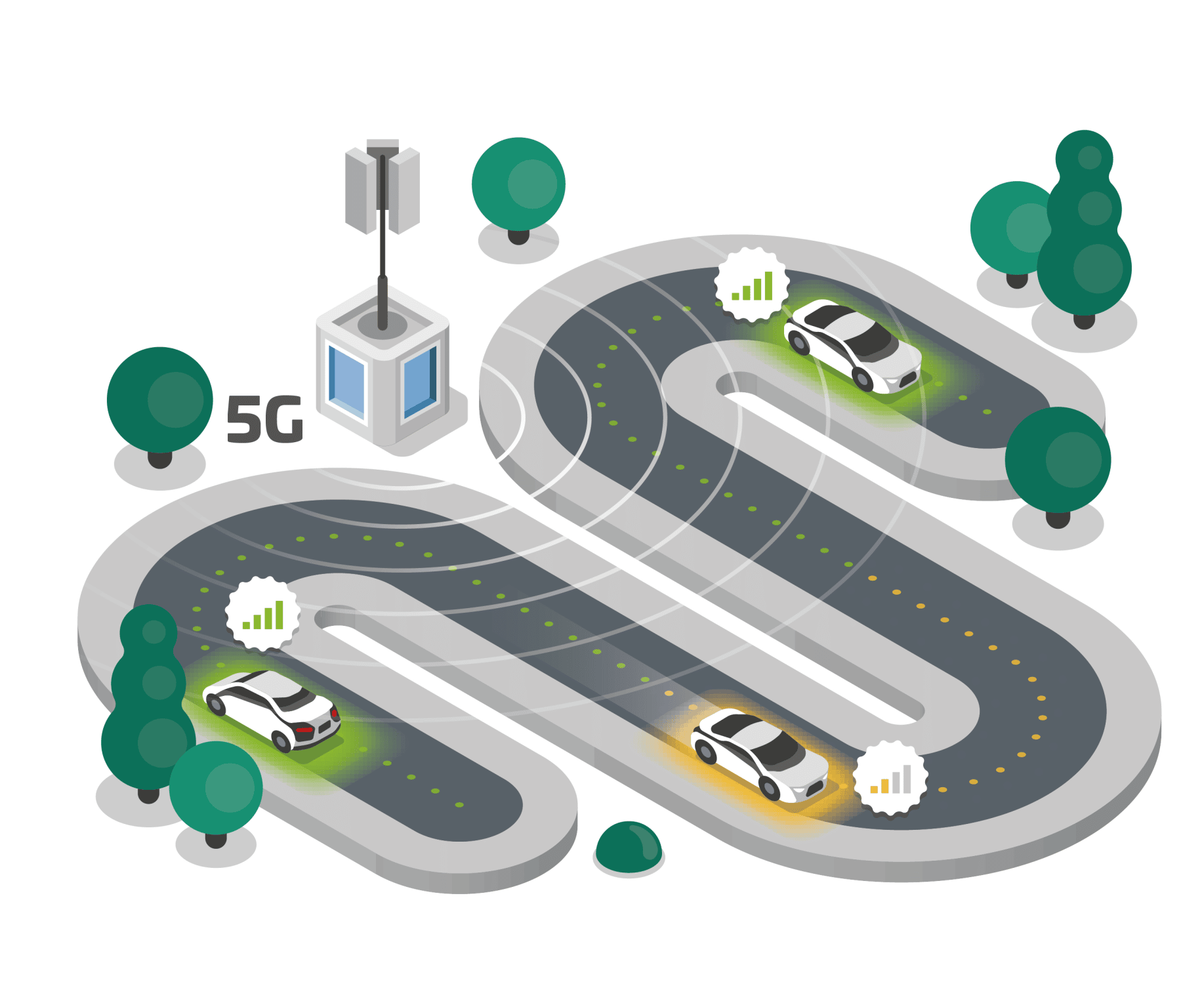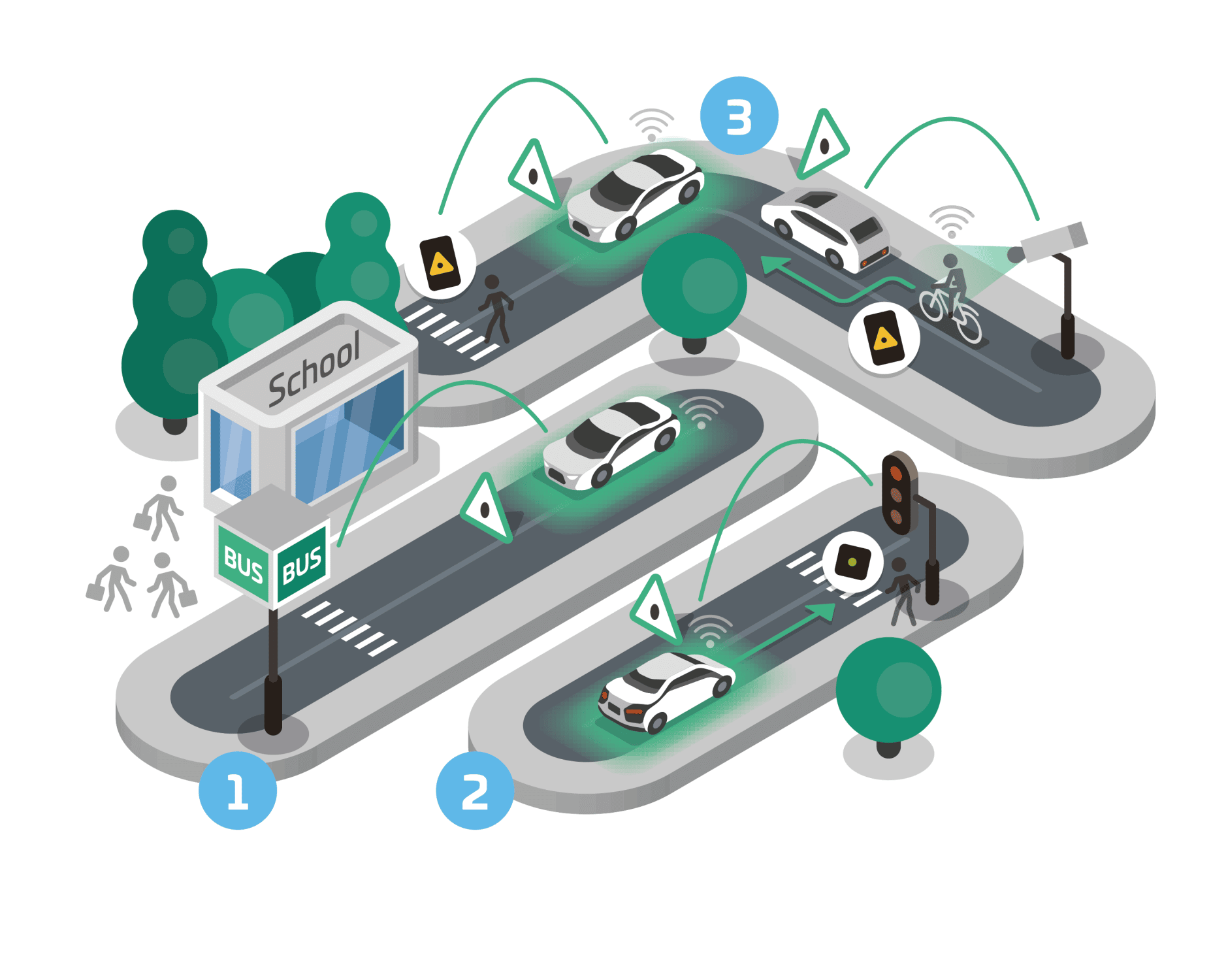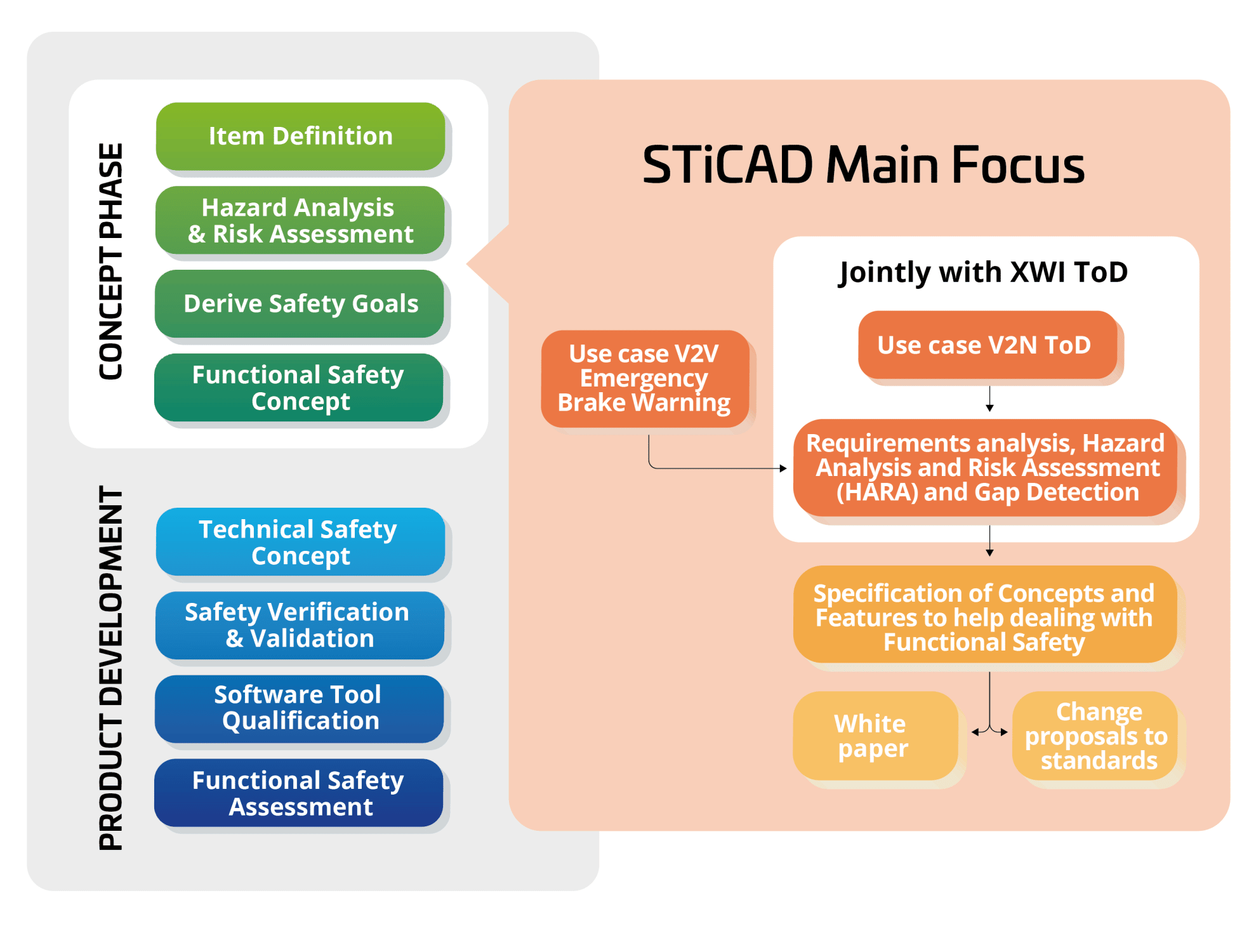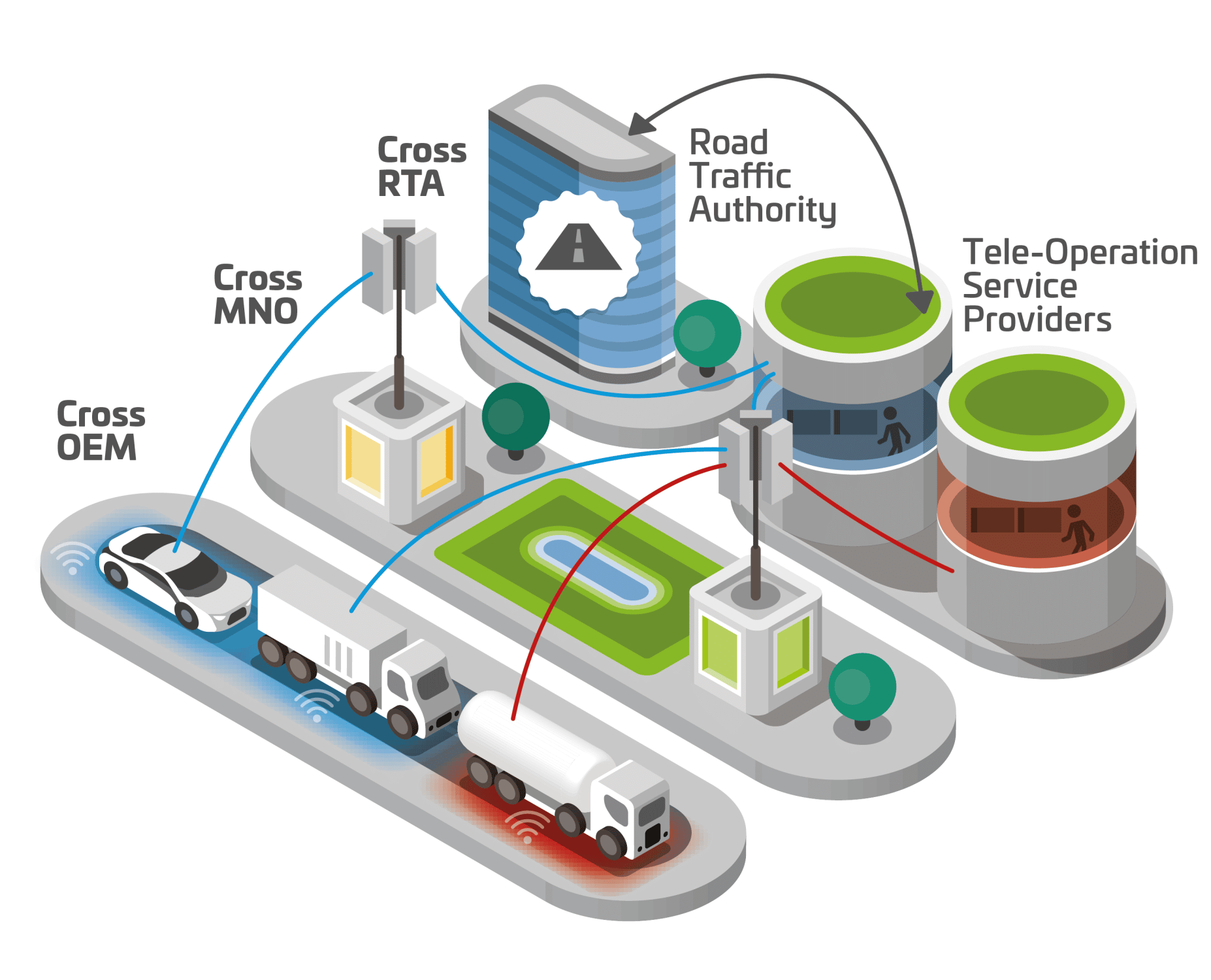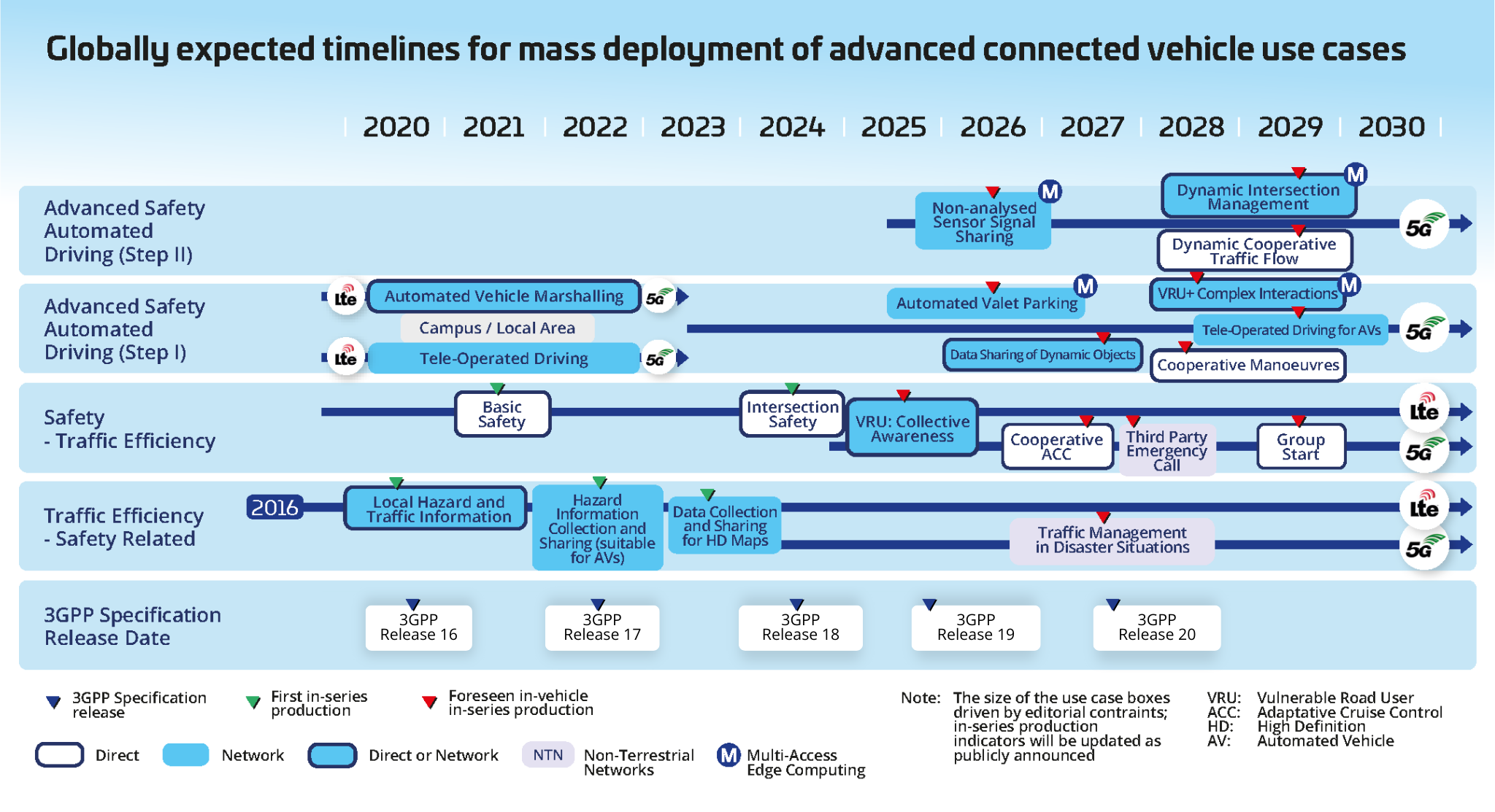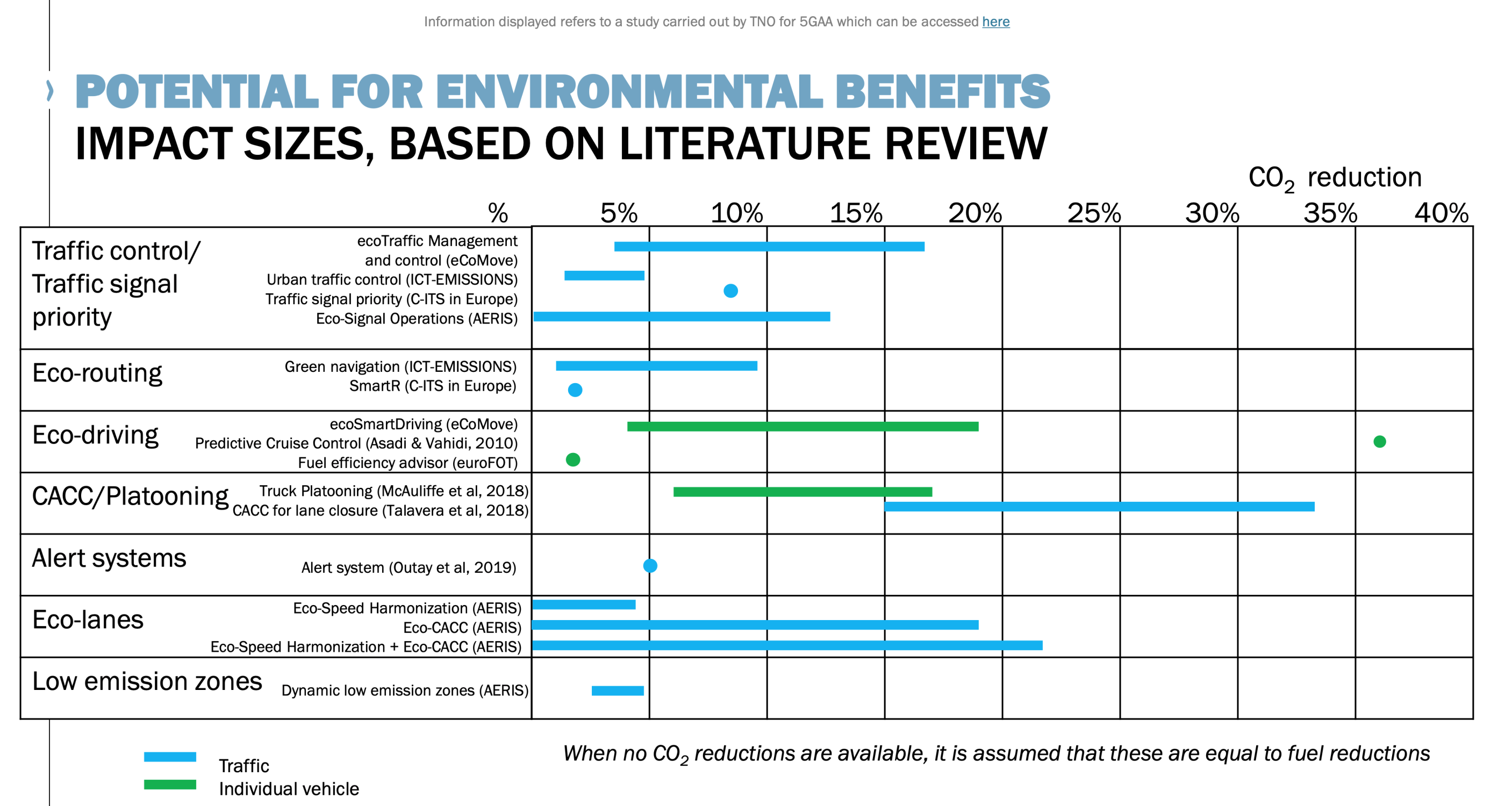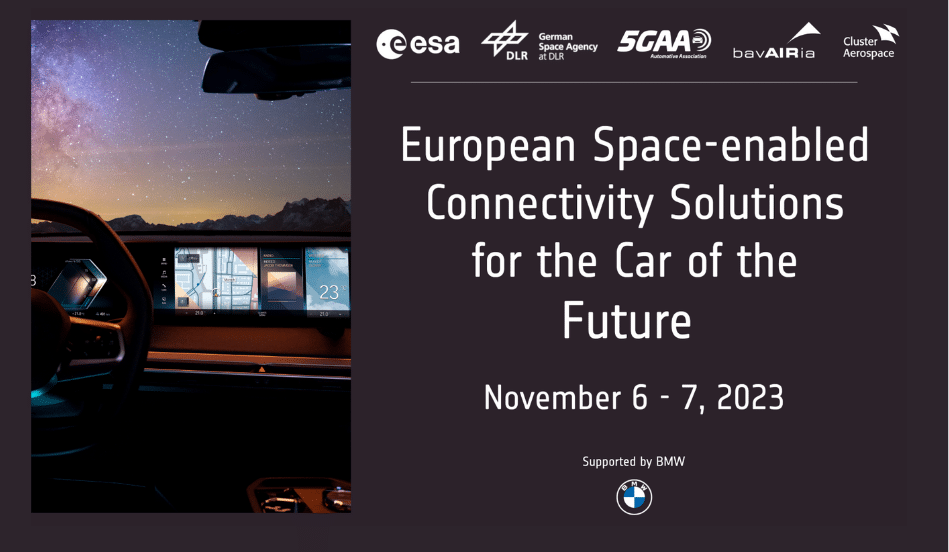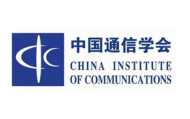- In a global premiere, 5GAA members demonstrated connected vehicles using non-terrestrial networks (NTN), complementing terrestrial 4G and 5G networks
- The event featured the first on-the-road, live-traffic demonstration of 5G-V2X Direct technology capabilities for advanced connected mobility services
- 5GAA members showcased ready-to-deploy vehicle-to-network (V2N) technologies improving road safety in real traffic conditions.
PARIS, 15 May 2025 — For the first time worldwide, the 5G Automotive Association (5GAA) showcased connected vehicles using non-terrestrial networks (NTN) for emergency messaging, as well as 5G-V2X Direct for advanced detection of vulnerable road users (VRU) in real-traffic conditions. 5GAA members also demonstrated the readily available capabilities of Vehicle-to-Network (V2N) services.
“Today, we saw real vehicles on real roads, connected through cutting-edge technologies such as satellite, 5G-V2X Direct and commercial networks. This is the future of automotive connectivity, and it’s closer than you think,” said 5GAA Chairman Christoph Voigt.
5GAA members, vehicle manufacturers BMW Group and Stellantis and technology partners Anritsu,Cubic³, Deutsche Telekom, HARMAN, Jember, LG Electronics, Qualcomm Technologies, MediaTek, Rohde & Schwarz, Rolling Wireless, Skylo, VEDECOM Institute and Viasat demonstrated NTN satellite connectivity. Demonstrations focused respectively on realising hazard warning and emergency messaging use cases in the vehicle, as well as illustrating how NTN will complement terrestrial 4G and 5G networks in the future. Demonstrations on public roads emphasised the vision of how NTN can support ubiquitous automotive connectivity for connected services with seamless integration and switching between NTN and terrestrial networks to enable voice communication. In the future, car drivers may not even realise that satellite connectivity is being established instead of using a terrestrial network. According to 5GAA 2030 Roadmap, the initial market deployment of satellite connectivity in vehicles is expected by 2027 (based on IoT NTN 3GPP Release 17).
Anritsu, Keysight Technologies, Rohde & Schwarz, and MediaTek complemented the NTN demonstrations with parallel test equipment measurements for performance verification.
For the first time on the road, 5GAA member Valeo, in collaboration with Marben, demonstrated 5G-V2X Direct, in which two vehicles shared sensor data, triggering a warning of a pedestrian crossing at an obstructed intersection. This demonstration illustrated how 5G-V2X Direct (based on 3GPP Release 16) will enable vulnerable road users’ advanced protection by leveraging sensors and camera feeds from other vehicles to alert drivers, paving the way for smarter mobility. As per the 5GAA Visionary 2030 Roadmap, 5G-V2X is expected to be mass-deployed in commercial vehicle models starting from the time horizon 2026-2029.
The public road demonstrations continued with V2N technology for road users’ protection. 5GAA members, including Nokia, Orange, Stellantis, Valeo, and VEDECOM Institute, showcased interoperable V2X Platforms with vehicles, mobile applications and smart intersections (equipped with cameras and connected via the 5G networks) sharing collective perception to enhance road users’ safety. Additionally, HARMAN and u-blox showcased Emergency Electronic Brake Light (EEBL) near-real-time alerts to prevent hard braking events, in line with the upcoming 2026 Euro NCAP local hazard requirements, and used precise positioning techniques to prevent false alerts.
5GAA members Rohde & Schwarz, S.E.A., Keysight and Orange alsoexhibited Next Generation Emergency Call (NG eCall) verification and network performance.
The event, hosted by Telecom-Paris, highlighted how 5GAA is developing new standards for safety and innovation in automotive connectivity in Europe and globally.
Please see our brochure about the Paris demonstrations here.
A French version of this press release is also available for our French-speaking audience here.
Discover What Our 5GAA Members Are Saying here.
About the 5GAA
The 5G Automotive Association (5GAA) is a global, cross-industry organisation of more than 110 members, including leading global automakers, Tier-1 suppliers, mobile operators, semiconductor companies, and test equipment vendors. 5GAA members work together to develop end-to-end solutions for future mobility and transport services. 5GAA is committed to helping define and develop the next generation of connected mobility, automated vehicles, and intelligent transport solutions based on C-V2X. For more information about 5GAA, please visit www.5gaa.org.

